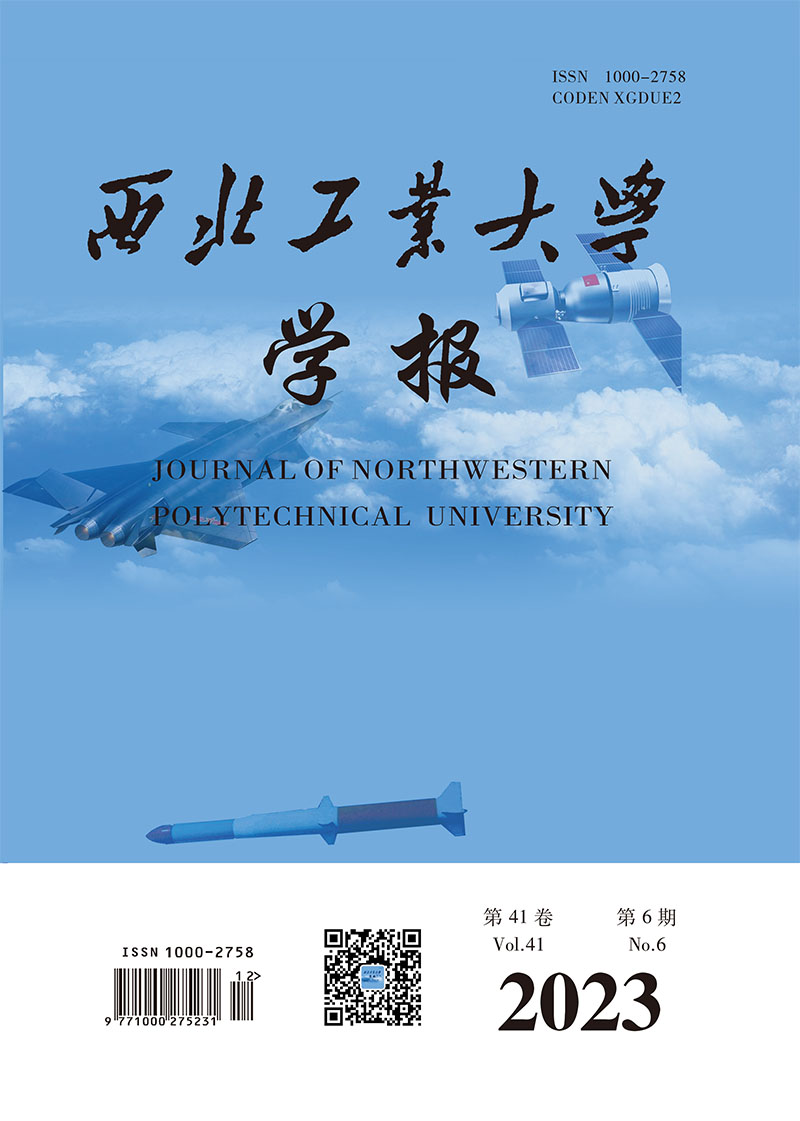土工格栅加筋挡土墙土压力分析及计算方法改进
Q3 Engineering
引用次数: 0
摘要
The distribution pattern and calculation method of soil pressure have always been a difficult problem in the research of reinforced soil retaining walls. The magnitude and distribution of active earth pressure on reinforced soil retaining walls under different working conditions were investigated using finite element method. A method for calculating soil pressure in non limit states is proposed based on the dynamic performance of internal and external friction angles, and its rationality is verified by comparing it with traditional theoretical formula solutions, finite element numerical solutions, and measured results. The results show that the numerical value of soil pressure on the retaining wall is influenced by the stiffness and number of layers of the geogrid, showing a trend of gradually decreasing soil pressure as the number of reinforcement layers and stiffness increase. The magnitude of soil pressure on retaining walls is negatively correlated with depth. The trend of soil pressure on reinforced retaining walls varies little with depth under different working conditions, and the reinforcement effect is mainly reflected in the upper part of the retaining wall. The non limit state calculation results obtained by using the improved empirical formula are consistent with the measured results as a whole, proving the rationality of the improved formula.本文章由计算机程序翻译,如有差异,请以英文原文为准。
Analysis of earth pressure on geogrid reinforced retaining wall and improvement of its calculation method
土压力分布规律与计算方法一直是加筋土挡墙研究中的难点问题。通过有限元方法探究了不同工况下加筋土挡墙主动土压力的大小和分布规律。结合内、外摩擦角的动态发挥提出针对非极限状态下的土压力计算方法, 并与传统理论公式解、有限元数值解和实测结果进行对比, 验证其合理性。结果表明: 挡墙土压力数值大小受到土工格栅刚度和层数影响, 呈现出随配筋层数和刚度增加, 土压力逐渐减小的趋势。挡墙土压力大小与深度呈负相关, 不同工况下加筋土挡墙土压力随深度变化趋势差异不大, 加筋效果主要体现在挡墙上部。采用改进经验公式得到的非极限状态计算结果与实测结果整体一致, 证明了改进公式的合理性。
求助全文
通过发布文献求助,成功后即可免费获取论文全文。
去求助

 求助内容:
求助内容: 应助结果提醒方式:
应助结果提醒方式:


